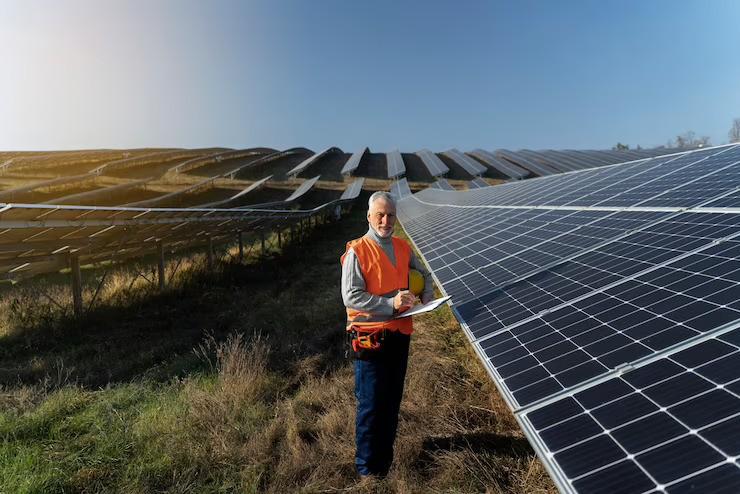Introduction
Solar asset management refers to the process of managing and optimizing the performance and profitability of solar energy assets such as solar photovoltaic (PV) systems, solar thermal power plants, and solar farms. This includes activities such as monitoring energy production, identifying and resolving issues that impact performance, ensuring compliance with regulations and standards, and managing financial and contractual obligations.
Solar asset management is important because it helps to maximize the return on investment for solar energy projects by ensuring that they operate at optimal efficiency and generate the expected amount of energy over their lifespan. Effective management of solar assets can also help to minimize downtime and maintenance costs, reduce risks, and increase the longevity of the assets.

Some key activities involved in solar asset management include:
● Performance monitoring: This involves monitoring the energy output and performance of solar assets to identify any issues that may be affecting their efficiency and performance.

● Maintenance management: This involves scheduling and coordinating maintenance activities to ensure that solar assets are operating at peak efficiency.
● Data analytics: This involves using data analysis tools and techniques to identify trends and patterns in energy production and consumption that can be used to optimize performance and reduce costs.
● Contract management: This involves managing contractual obligations such as power purchase agreements,

Solar Asset Management specifications
and requirements
● Monitoring and Analysis: The solar asset management system should be able to monitor the performance of solar panels, inverters, and other components of the solar power plant. The system should also be able to analyze data to identify trends, potential problems, and opportunities for optimization.

● Maintenance: The system should be able to schedule and track maintenance activities, such as cleaning of solar panels, inspection of equipment, and replacement of faulty components.
● Financial Management: The system should be able to track revenue, expenses, and cash flows for the solar power plant. This includes tracking energy production, calculating revenue from energy sales, and managing expenses such as maintenance and insurance costs.
● Reporting: The system should be able to generate reports on performance, maintenance, financials, and other key metrics.
Conclusion

Solar asset management is a critical aspect of managing solar power plants, ensuring that they operate efficiently, effectively, and profitably. The key requirements for solar asset management include monitoring and analysis, maintenance, financial management, reporting, communication, security, scalability, user interface, and regulatory compliance.
By implementing an effective solar asset management system, solar power plant owners can maximize the performance of their assets, minimize downtime, and optimize their financial returns. With the increasing adoption of solar energy around the world, effective solar asset management will become even more critical for the sustainable growth of
